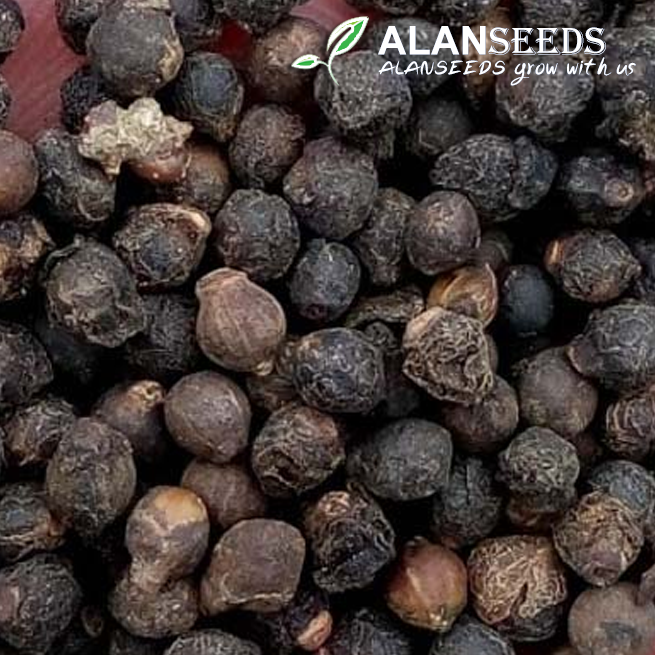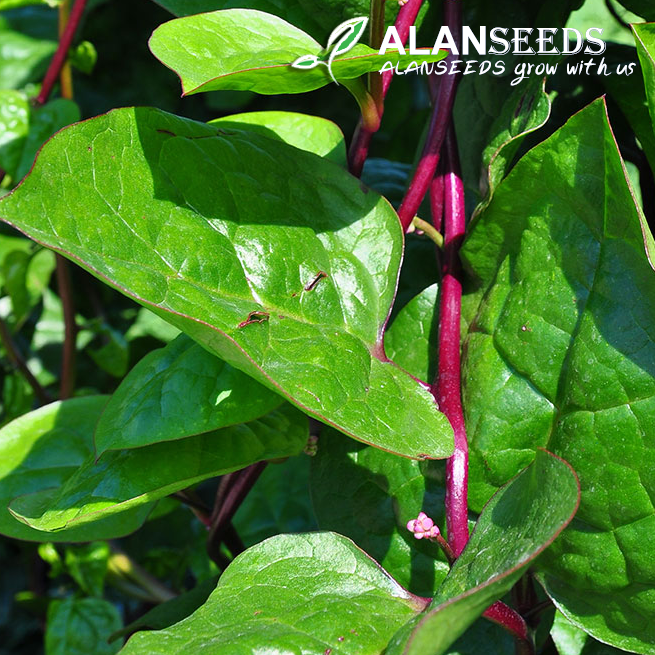Hey there, future spinach farmer! So, you’ve got your hands on some Giant Malabar Spinach Red Organic Seeds. Nice choice! Now, let’s get down to business and grow some of that leafy goodness. Don’t worry if you’re new to this – I’ve got your back with this simple, easy-to-follow guide.

Giant Malabar Spinach Red Organic Seeds Heirloom, Open Pollinated, Non GMO – Grow Indoors, Outdoors

Giant Malabar Spinach Red Organic Seeds Heirloom, Open Pollinated, Non GMO – Grow Indoors, Outdoors
What You’ll Need:
- Giant Malabar Spinach Seeds: Well, obviously! Make sure they’re organic, heirloom, open-pollinated, and non-GMO for the best results.
- Containers or Garden Bed: Decide whether you’ll grow them indoors in pots or outdoors in a garden bed.
- Potting Mix or Soil: Get some nutrient-rich soil or potting mix. Spinach loves fertile soil!
- Sunlight: Find a sunny spot for your spinach to soak up those rays.
- Water: Keep your spinach hydrated – they’re thirsty little plants.
Getting Started:
- Choose Your Spot: If you’re planting outdoors, pick a spot with plenty of sunlight. For indoor planting, find a sunny windowsill or use grow lights.
- Prepare Your Soil: If you’re using pots, fill them with potting mix. If it’s a garden bed, make sure the soil is loose and well-draining.
- Plant Your Seeds: Plant the seeds about ½ inch deep in the soil. Space them around 6 inches apart to give them room to grow.
- Water Your Seeds: Give them a good drink right after planting. Keep the soil consistently moist but not waterlogged.
- Watch and Wait: Now comes the hard part – waiting! Keep an eye on your spinach as it starts to grow. You should see sprouts in about a week or so.
Caring for Your Spinach:
- Water Regularly: Make sure your spinach gets enough water, especially during dry spells. But don’t drown them – soggy soil can cause problems.
- Fertilize: If your soil isn’t very fertile, you can give your spinach a little boost with some organic fertilizer every few weeks.
- Support: As your spinach grows, you might need to give it some support to keep it from flopping over. You can use stakes or a trellis for this.
- Harvesting: When your spinach leaves are big enough to eat (usually around 6-8 weeks after planting), you can start harvesting! Just pick the leaves as you need them, and new ones will keep growing.
Troubleshooting:
- Pests: Keep an eye out for pests like aphids or caterpillars. You can pick them off by hand or use organic pest control methods.
- Diseases: If your spinach starts looking sickly, it might be a sign of disease. Remove any affected leaves and make sure to keep the area clean to prevent spreading.
And that’s it! Growing Giant Malabar Spinach is pretty straightforward, even for beginners. Just give them some love, and they’ll reward you with delicious, nutritious leaves in no time. Happy growing!




